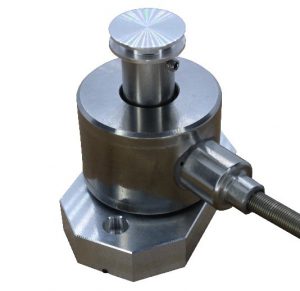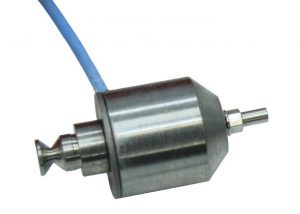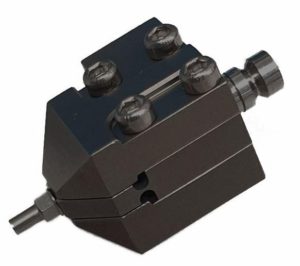Alemnis Standard Assembly (ASA) was developed with versatility as a core principle. Here is a list of the different load sensors that can be mounted:
Standard load cell (SLC)
Standard sample-side load cell. Easily interchangeable by the user in a couple of minutes. Available in the following ranges:
SLC-0.5 Load range up to 0.5 N* (typ. 4 µN RMS noise)
SLC-1.5 Load range up to 1.5 N* (typ. 8 µN RMS noise)
SLC-2.5 Load range up to 2.5 N* (typ. 12 µN RMS noise)
SLC-4.0 Load range up to 4.0 N* (typ. 16 µN RMS noise)
*Works in both compression & tension, calibrated by default in compression only. Can be calibrated in either at time of purchase
Mini load cell (MLC)
Tip-side load cell, easily interchangeable by the user in a couple of minutes. Great for low to intermediate strain rates, fatigue tests, and ex situ testing under controlled relative humidity. Available in the following ranges:
MLC-0.5 Load range up to 0.5 N* (typ. 6 µN RMS noise)
MLC-1.5 Load range up to 1.5 N* (typ. 8 µN RMS noise)
MLC-2.5 Load range up to 2.5 N* (typ. 12 µN RMS noise)
MLC-4.0 Load range up to 4.0 N* (typ. 16 µN RMS noise)
*Works in both compression & tension, calibrated by default in compression only. Can be calibrated in either at time of purchase
Lateral Force Sensor (LFS)
The LFS is a miniaturized load cell measuring lateral force. It can be oriented in the X or Y directions.
LFS-0.5: Load range up to 0.5 N (typ. 4 µN RMS noise)
The LFS is often used in conjunction with the Scratch Testing Stage (STS).





